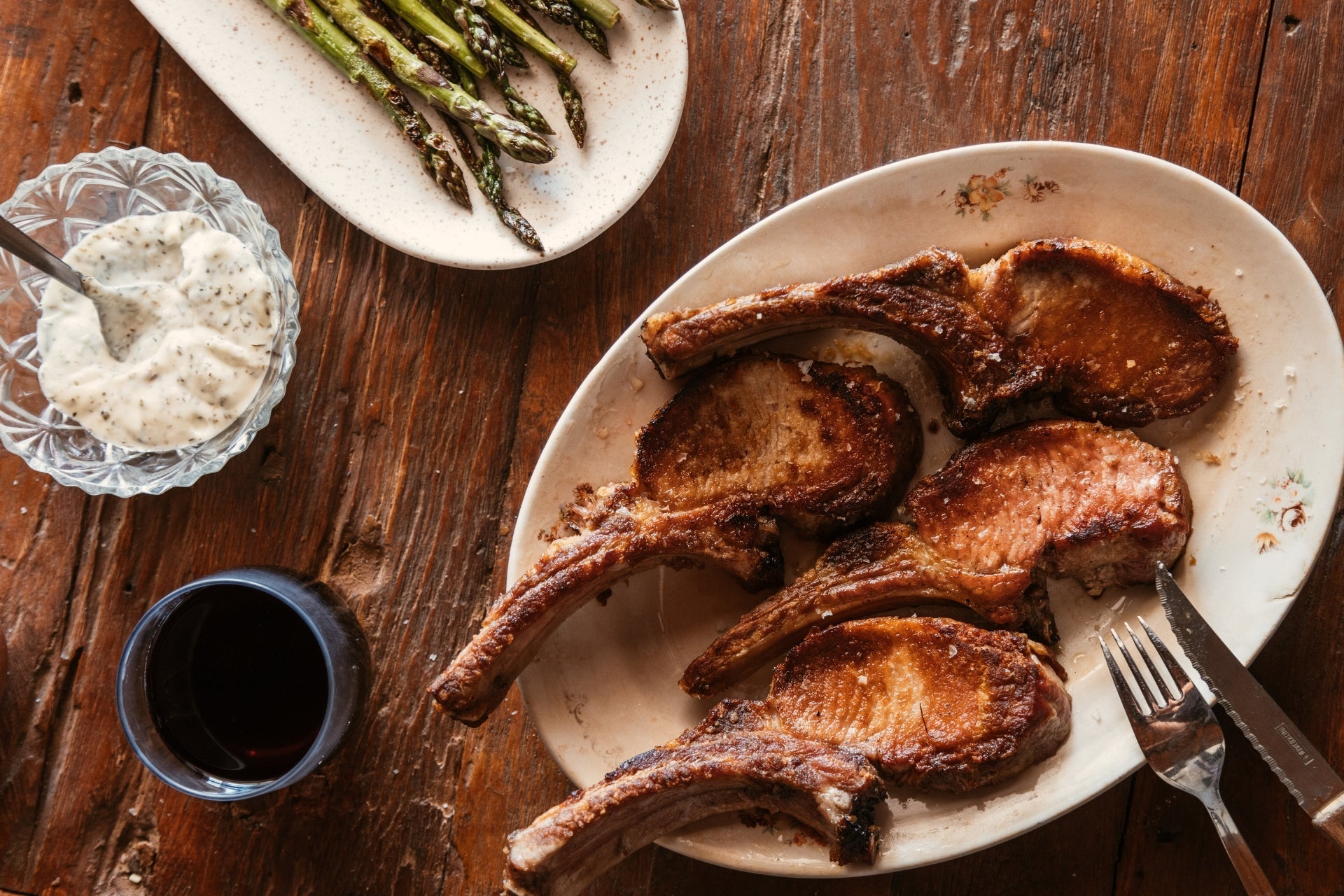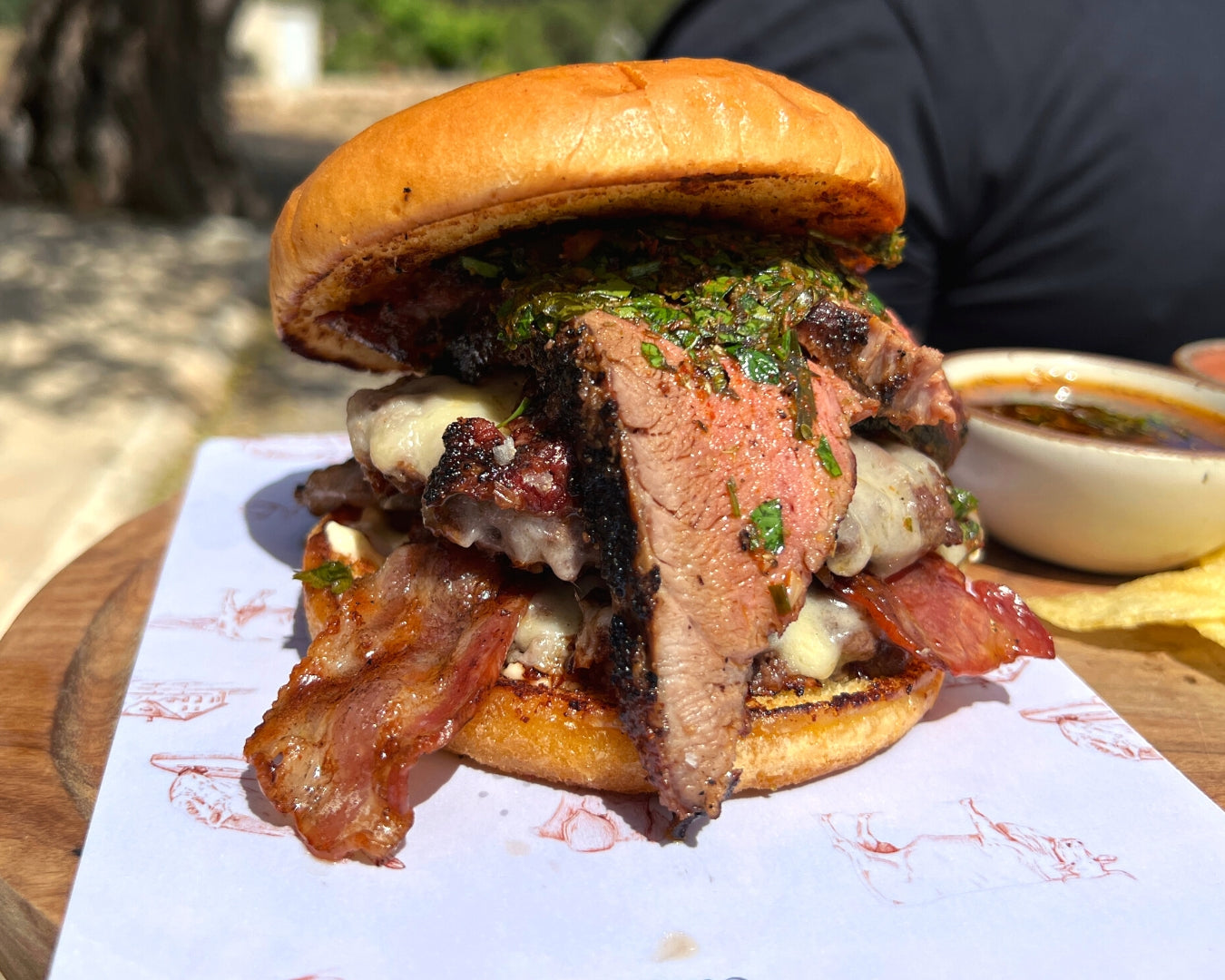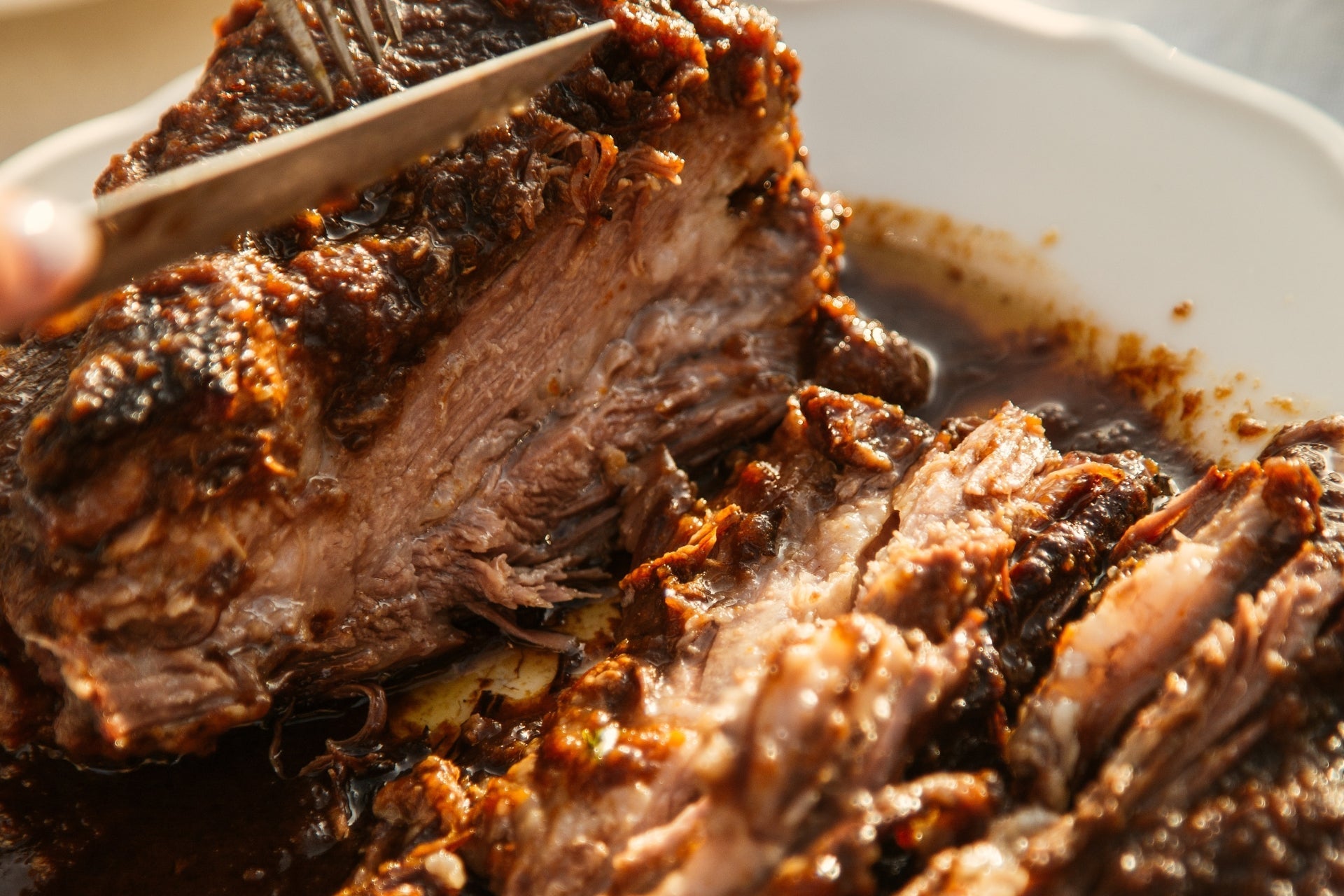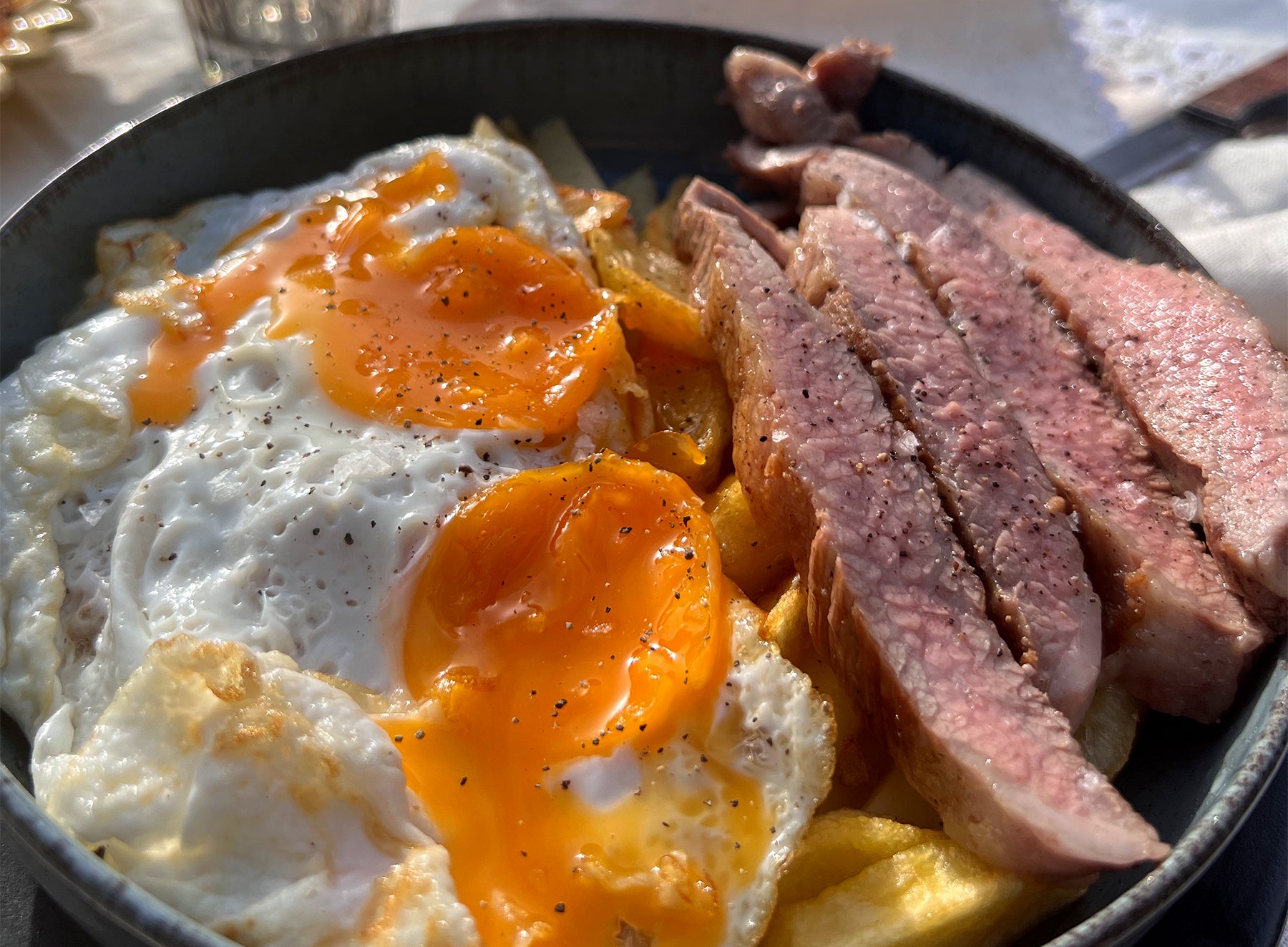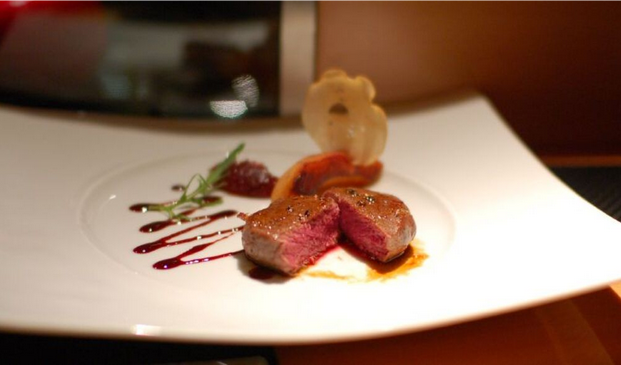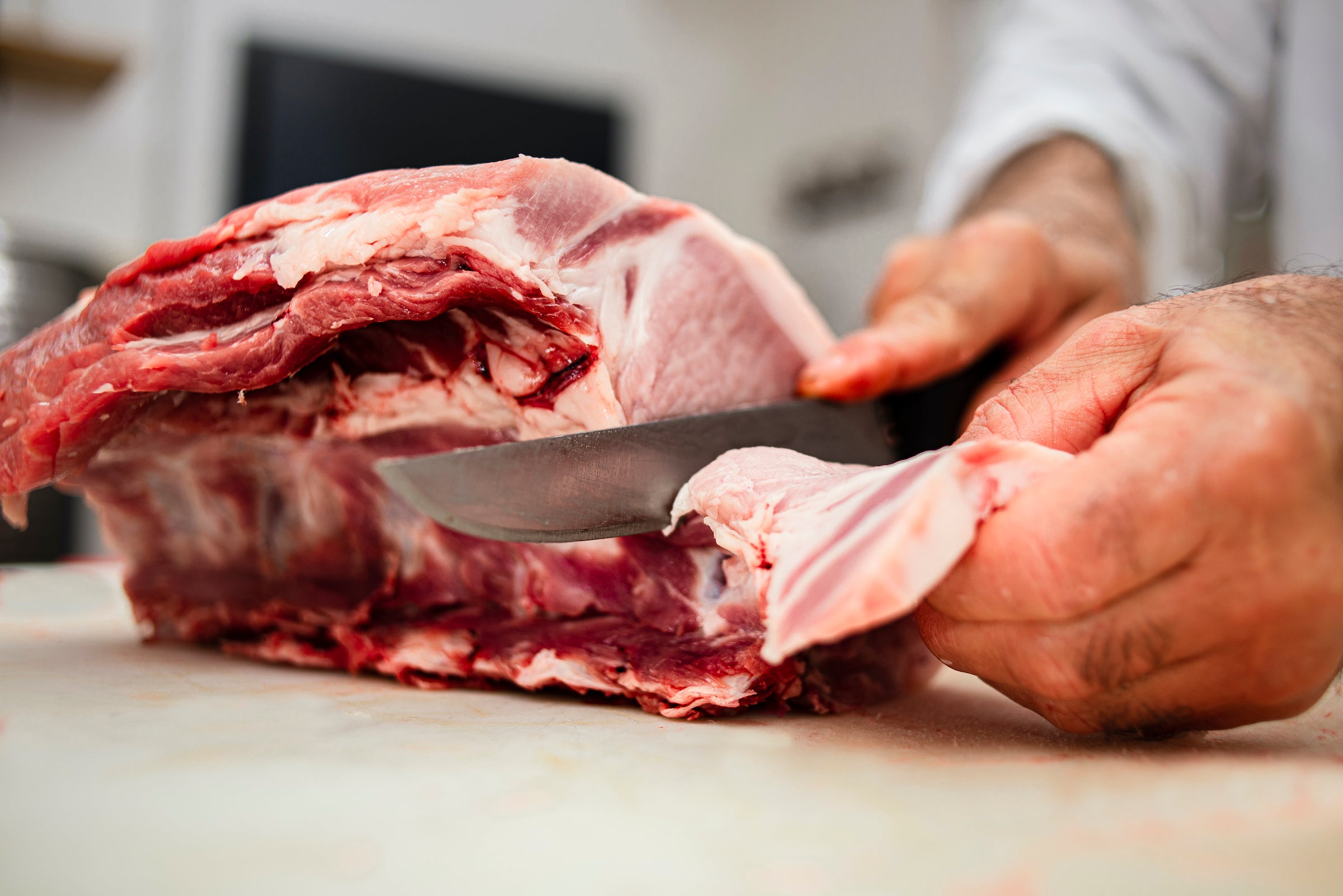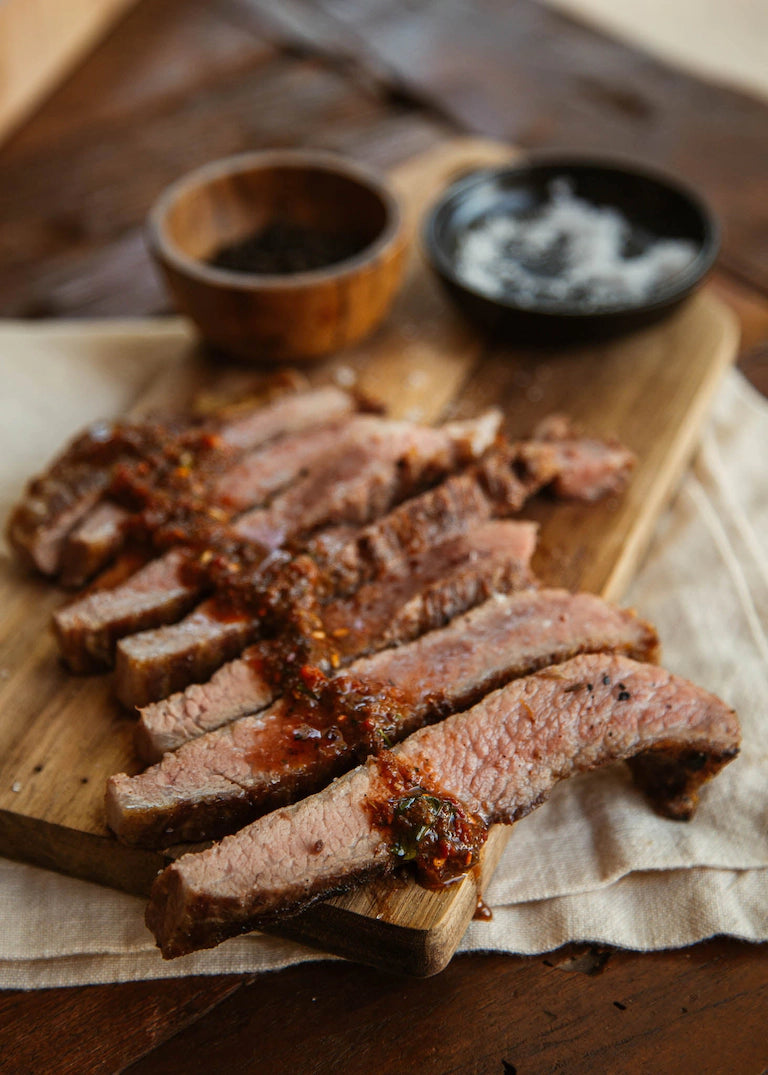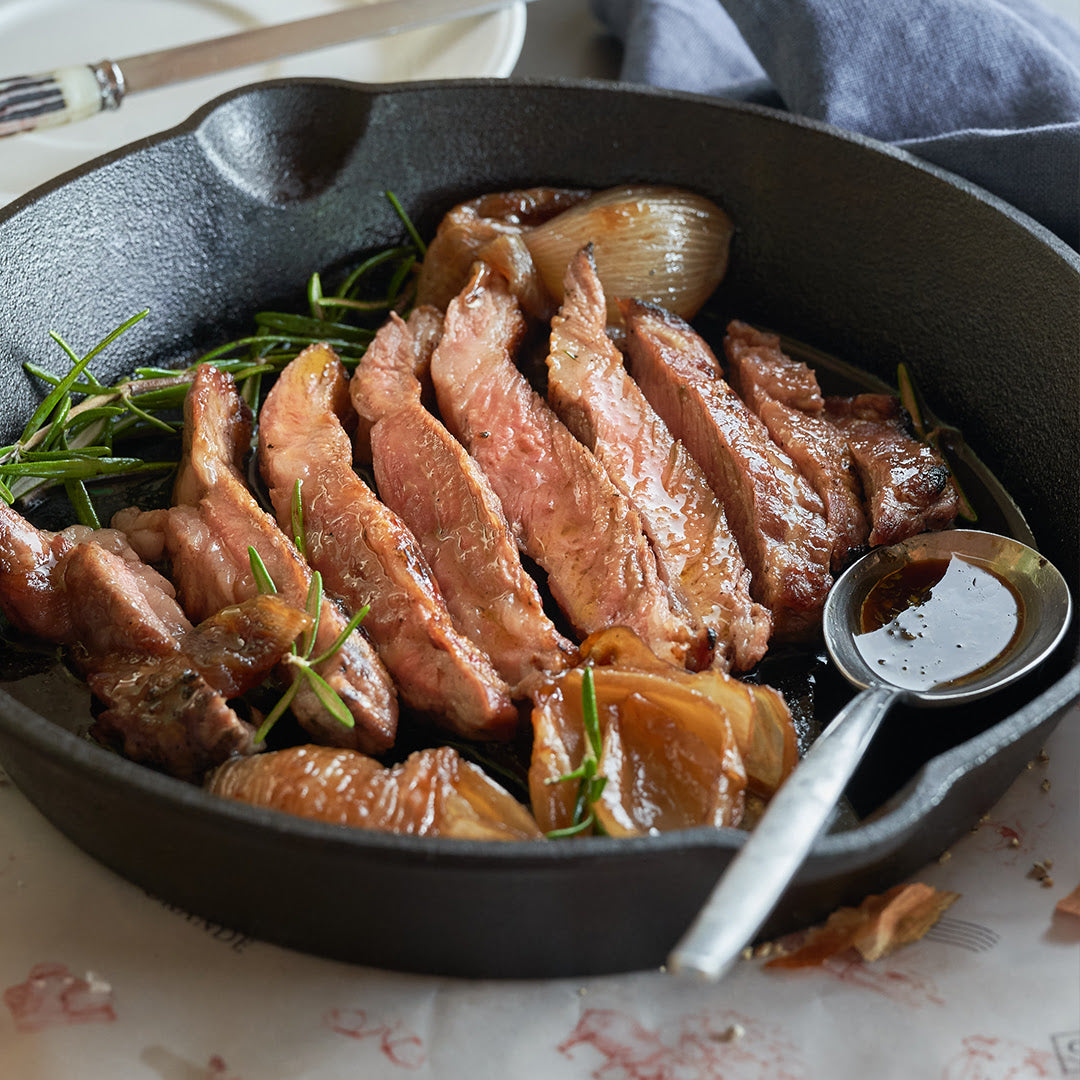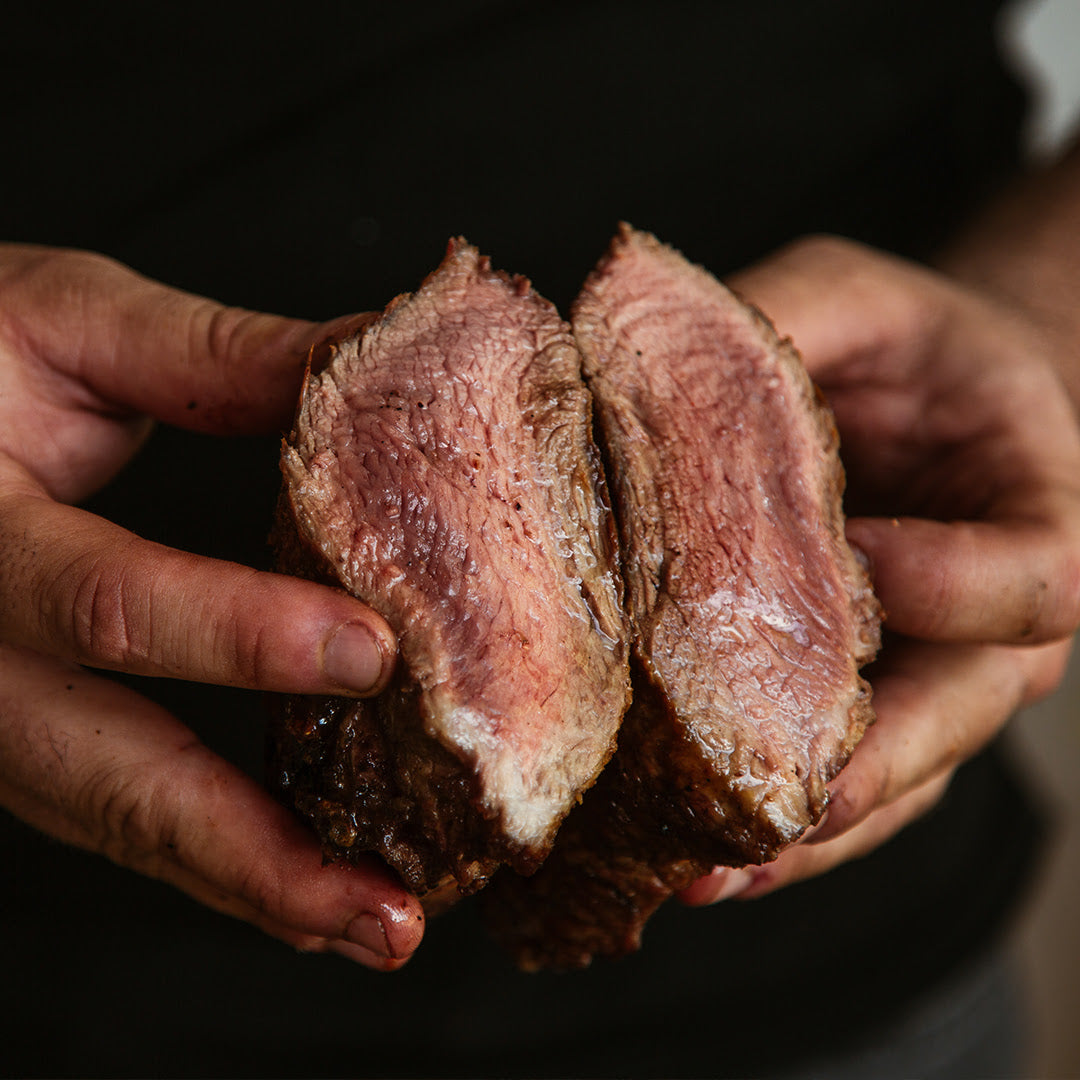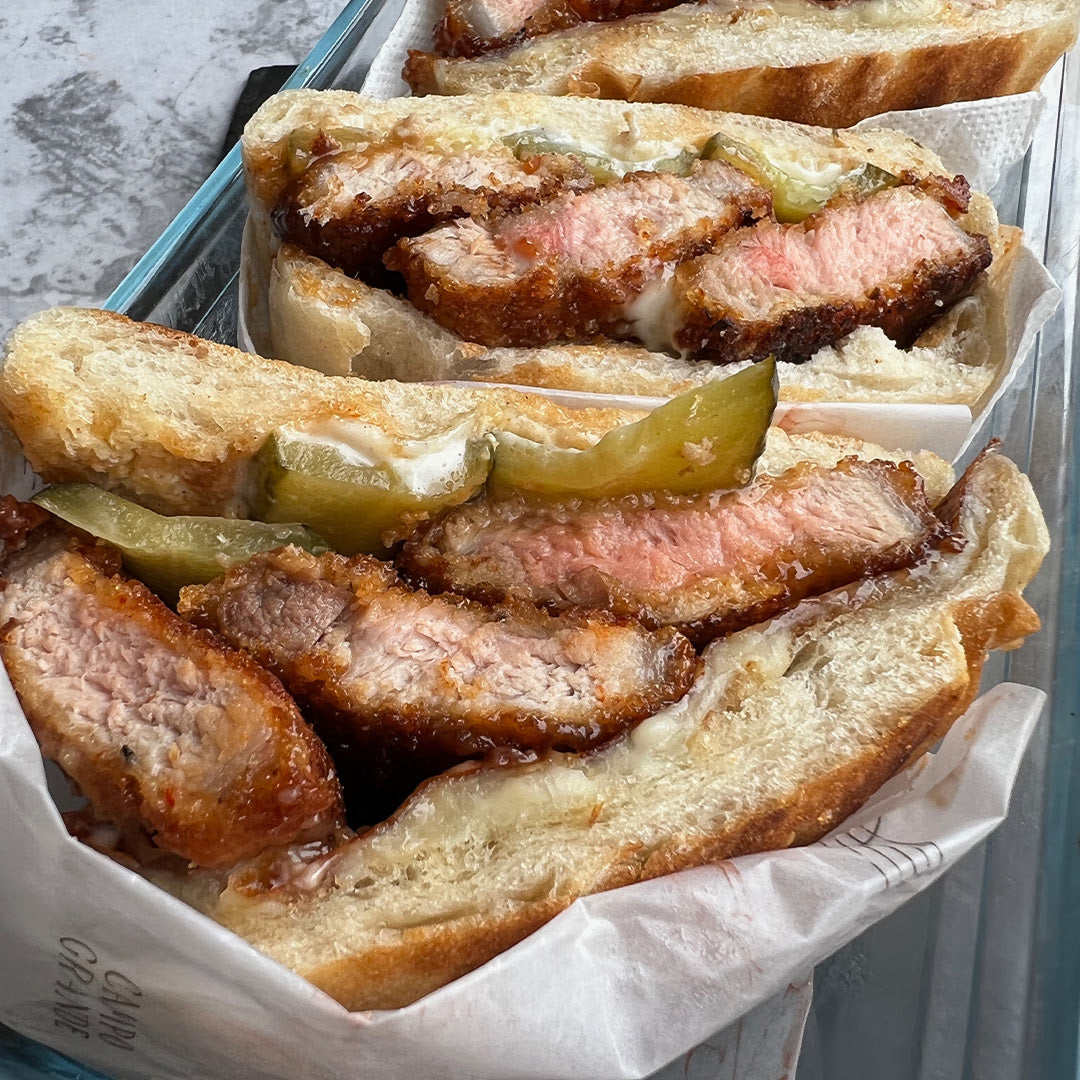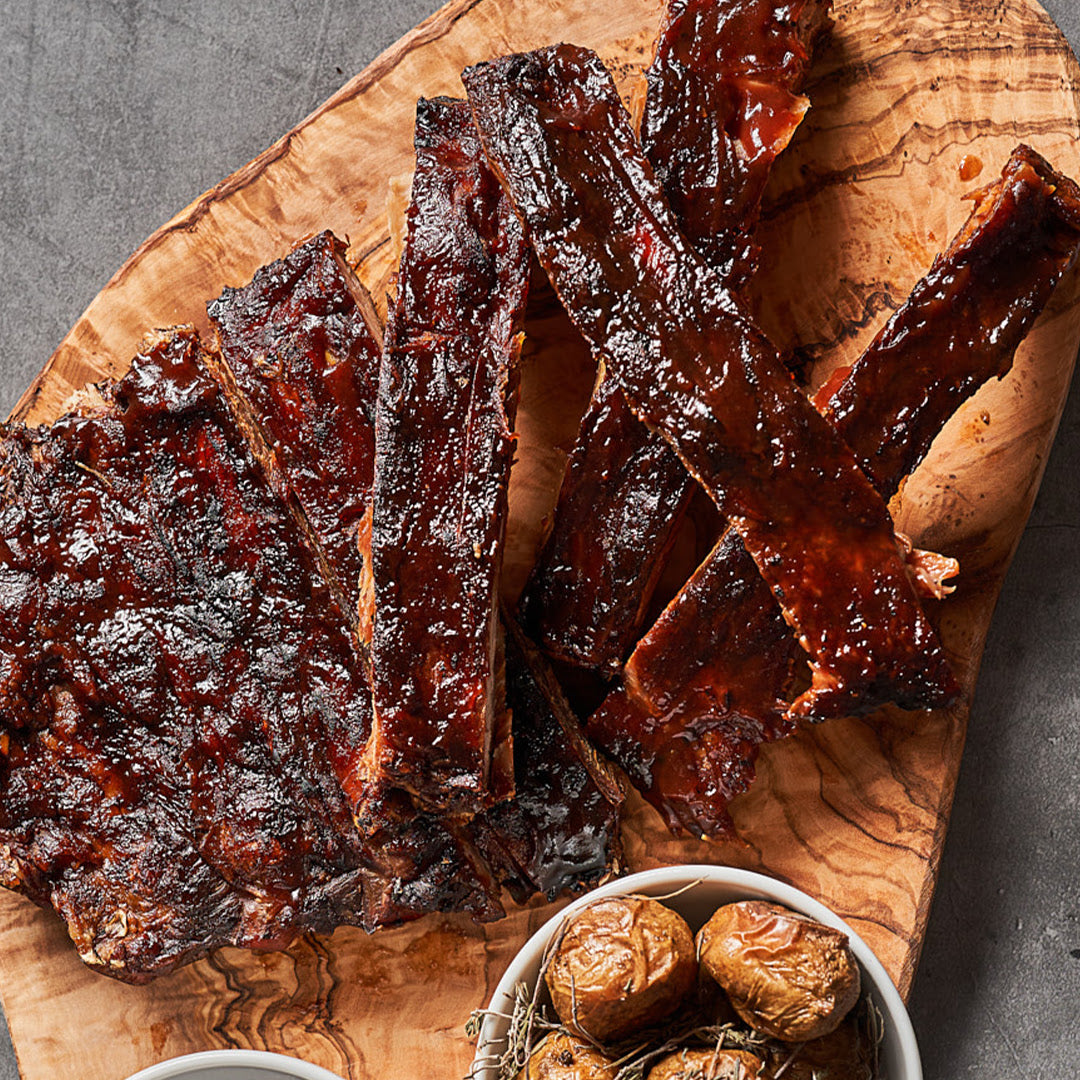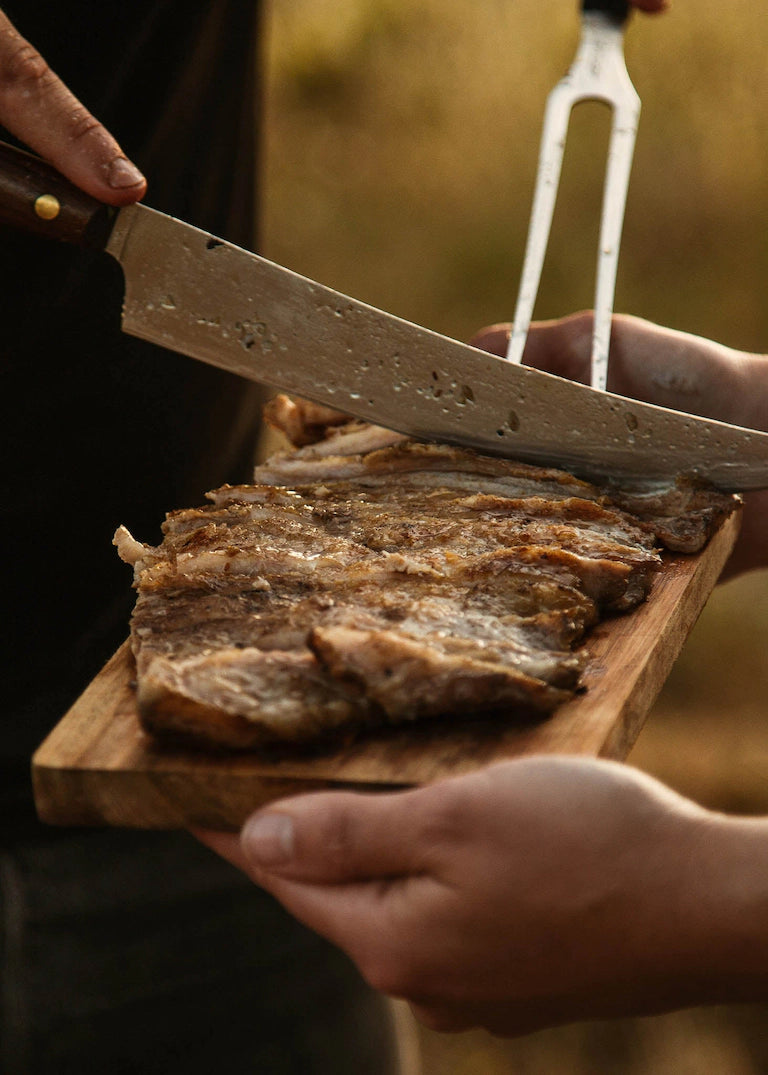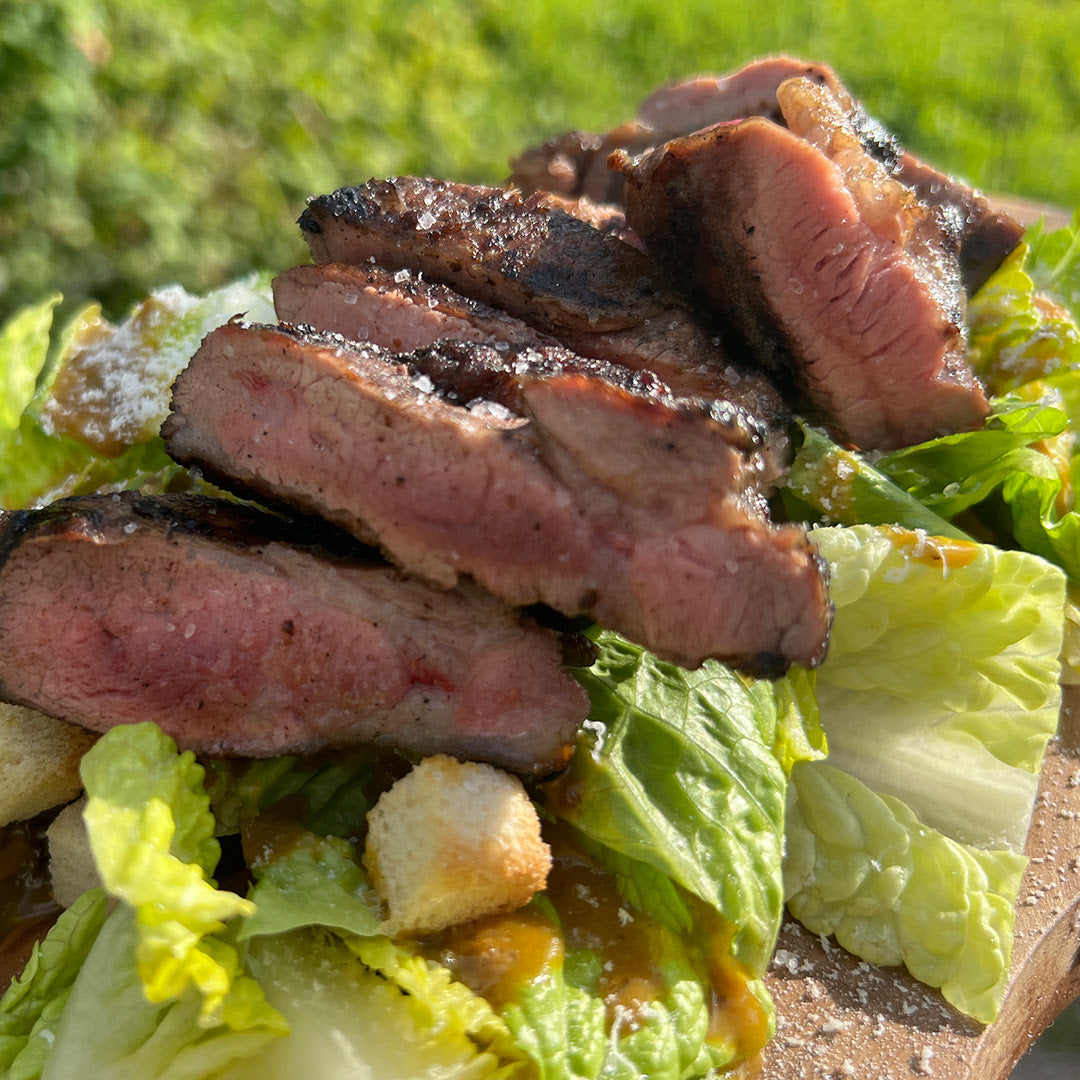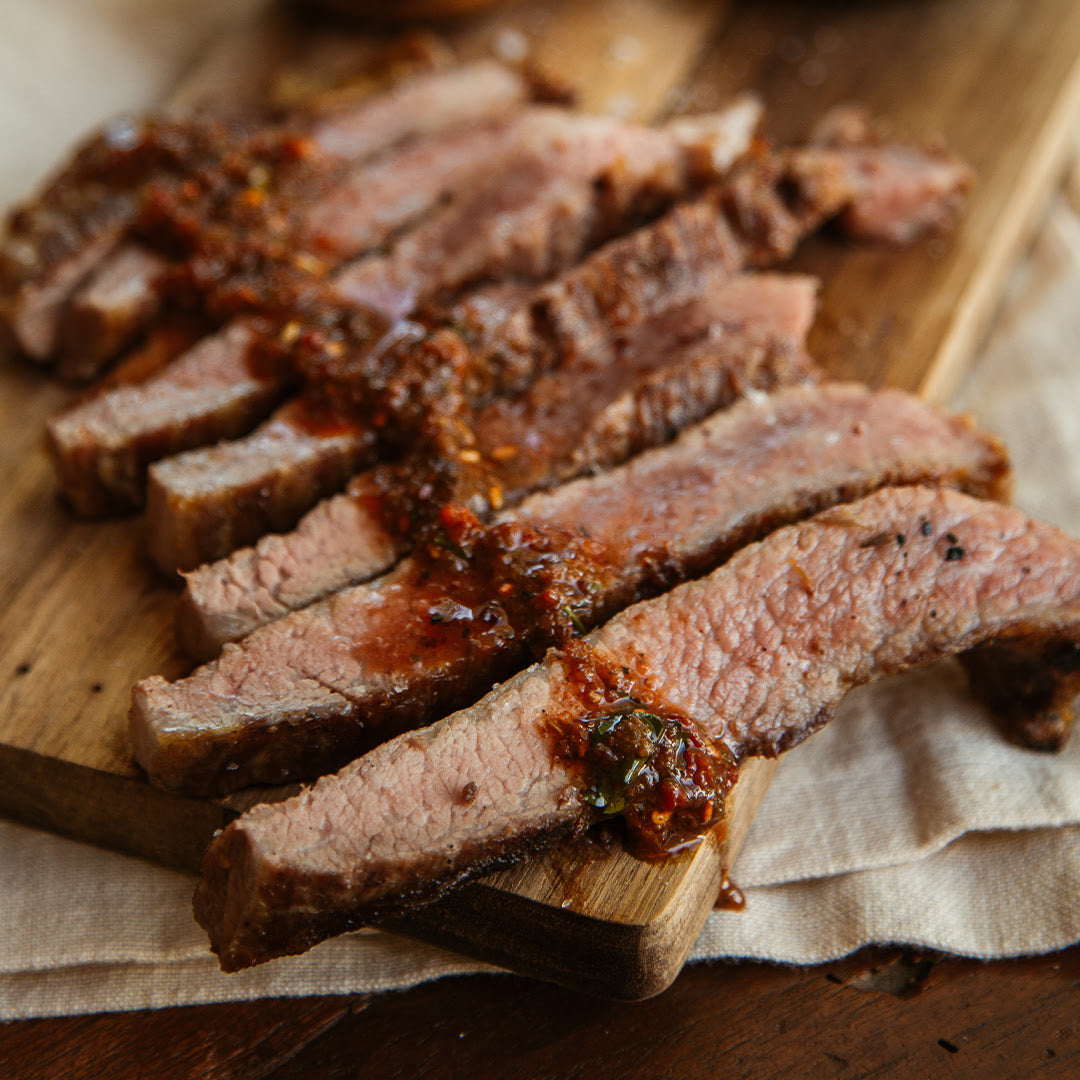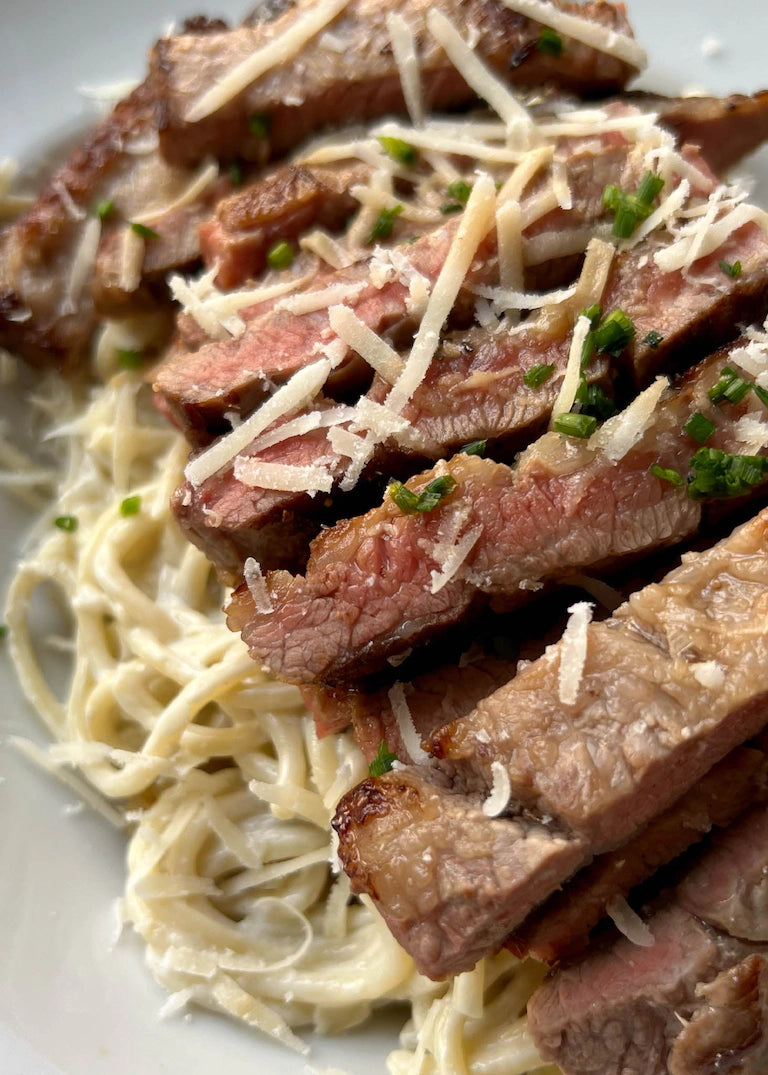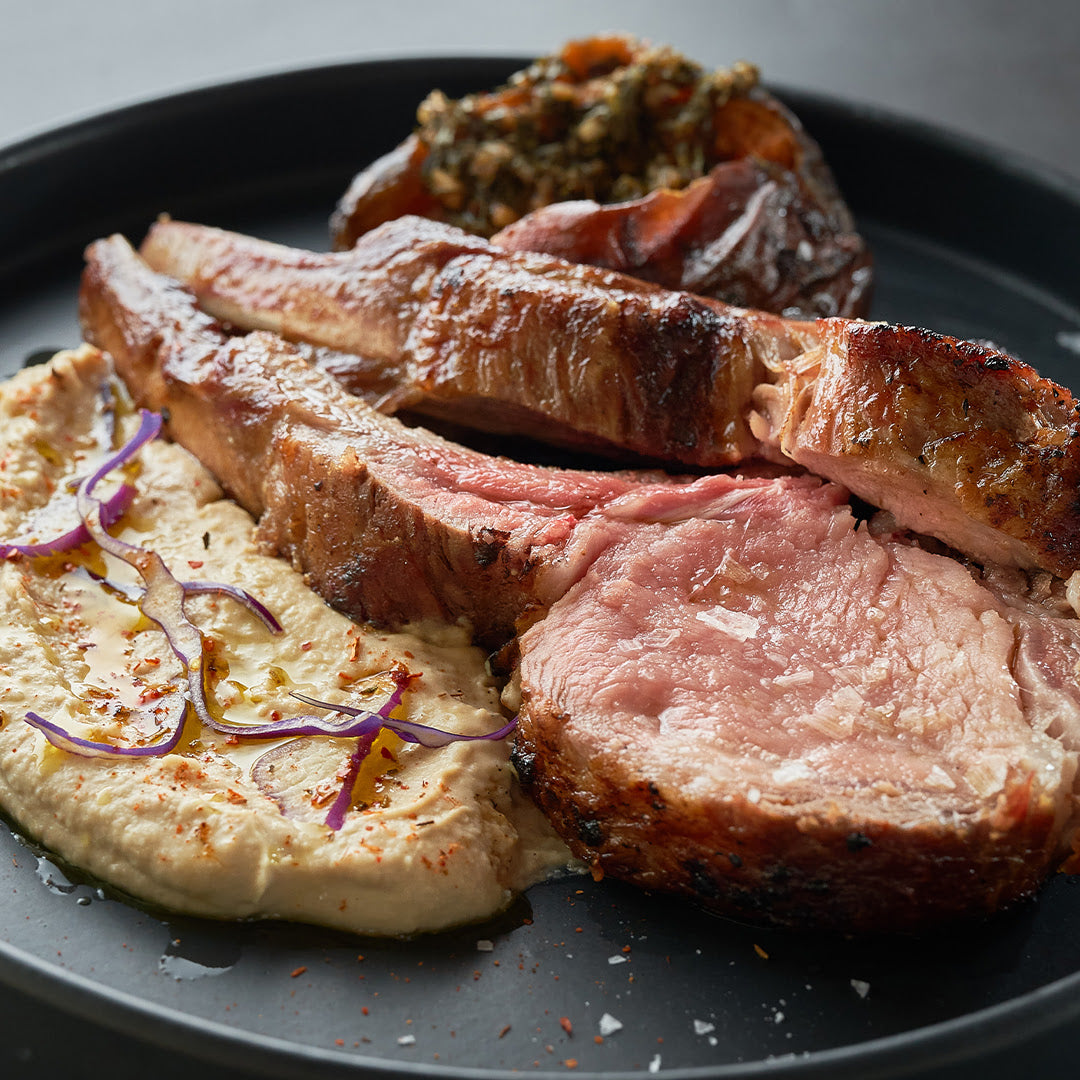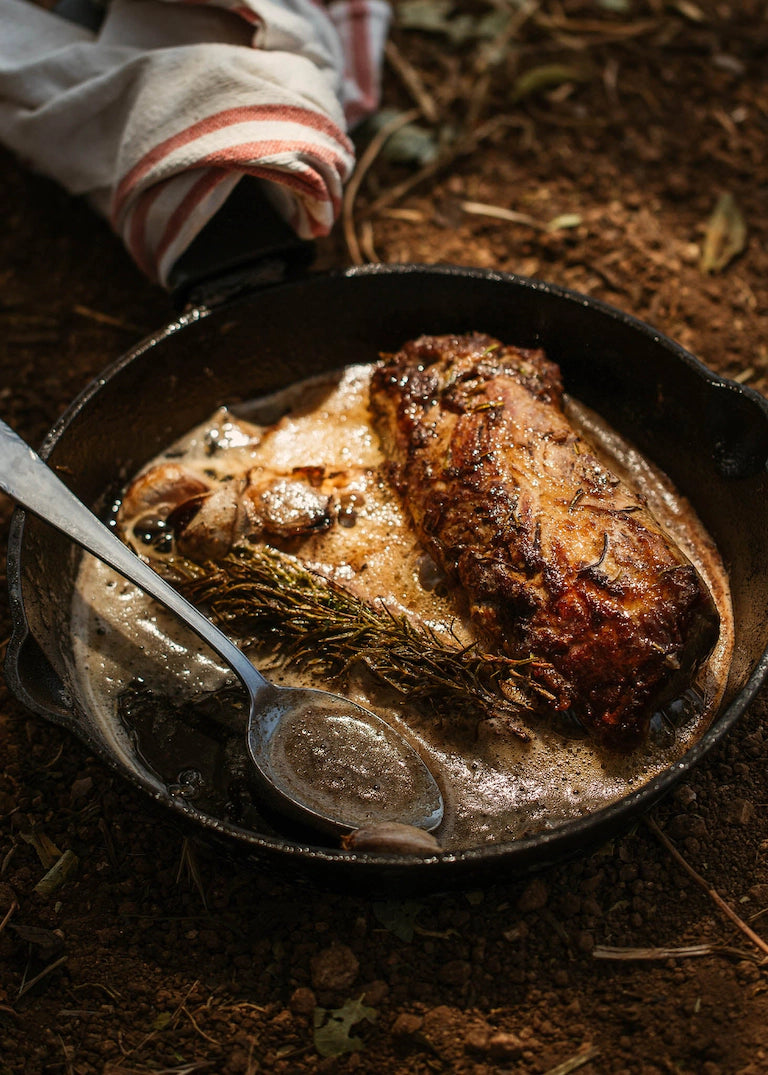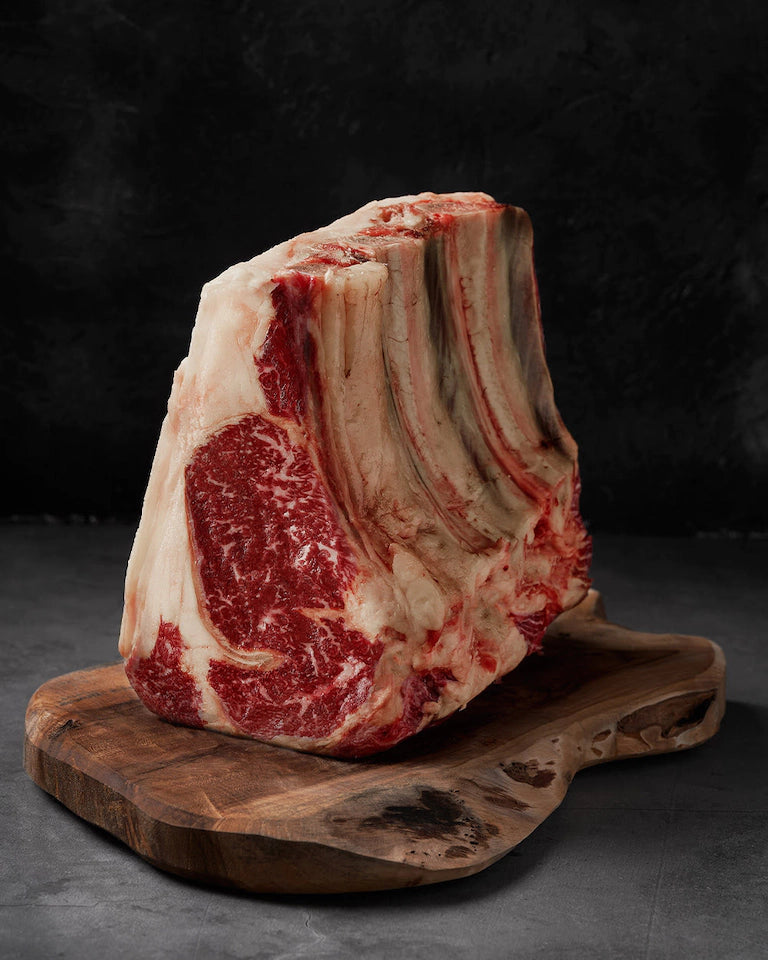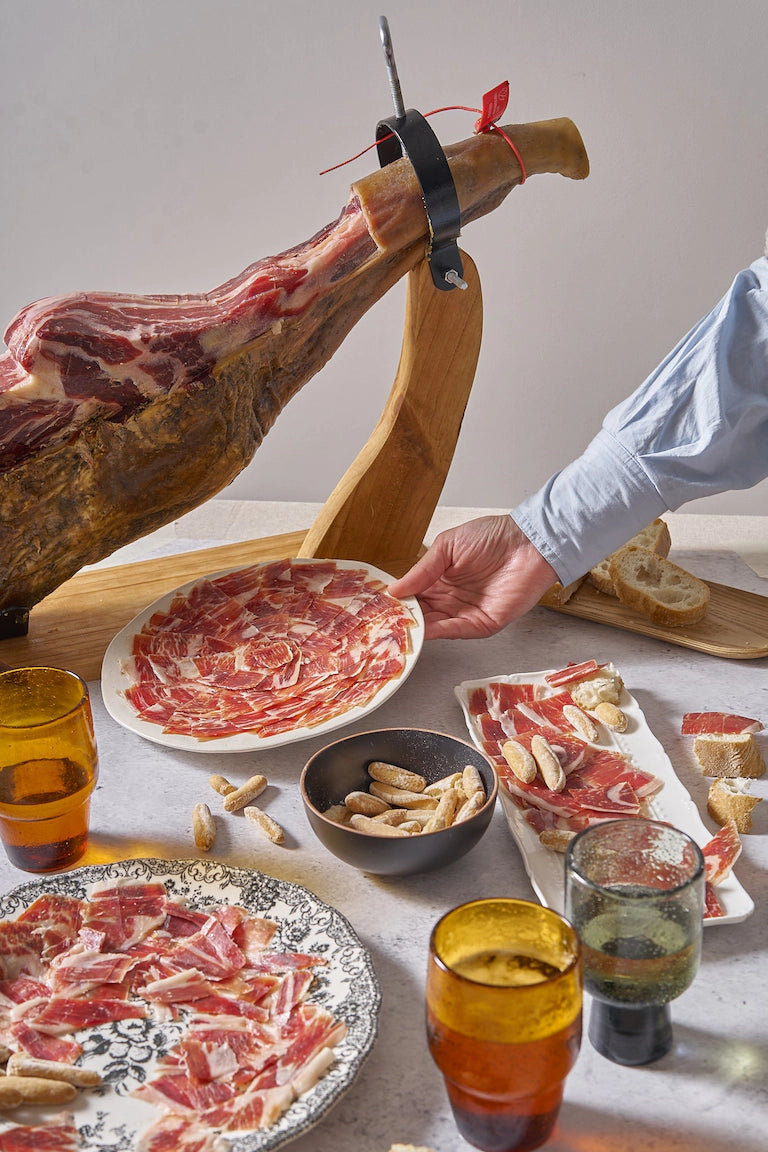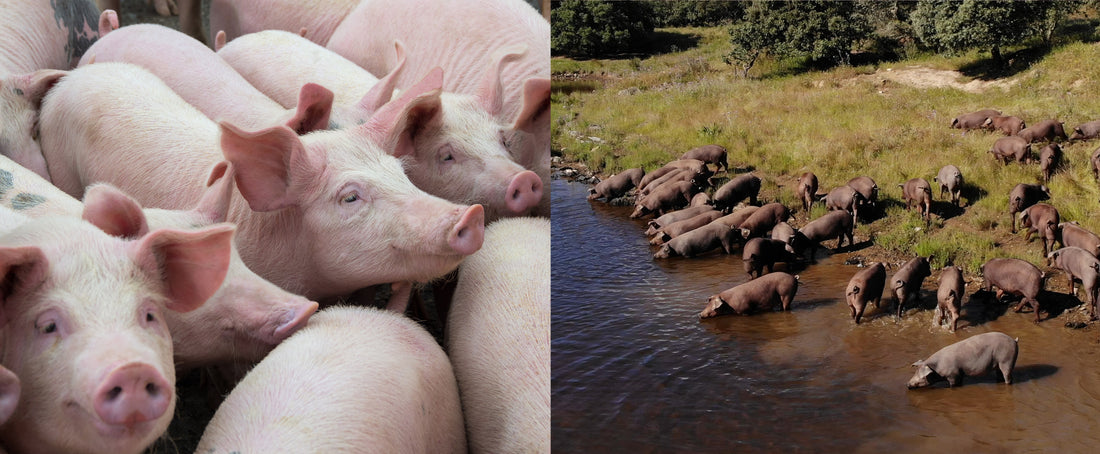
What is the difference between Iberian pork meat and white pork meat? Although they belong to the same species, the characteristics of each one are different and that directly influences the quality of their meat. How can we differentiate them? Which one is better?
Differences between Iberian and white pork meat
Pork is one of the star products in butcher's shops, however, Iberian pork is not the same as white, or traditional pork. To begin with, you will notice a big difference in price, as Iberian pork is much more expensive. It is considered a gourmet and very select type of cut. White pork, on the other hand, is very economical and accessible to the entire population.
The difference between the two, in addition to the price, of course, is the lifestyle of the specimens of these species. The taste between one and the other varies considerably. They come from the same species, but from different genetic stock, so their DNA and qualities are different.
What is white or traditional pork like?
The white or normal pig is a variety of pig that is bred intensively and is characterized by its large size and rapid growth; this makes it a very profitable species. The skin of the traditional pig is white and very delicate, which means that they cannot be raised outdoors, unlike Iberian pigs. From birth, intensively reared pigs live on farms.
As normal pigs live in farms and are used for intensive breeding, the feed that is used causes the young pigs to fatten and grow rapidly. Farmers do not focus on the feed the animals receive, which is why white pork meat is less juicy and its flavor is less tasty than that of Iberian pork. It is notable that its fat content is lower.
Characteristics of the Iberian pig
The Iberian pig is characterized because its meat has a different flavor, texture and aroma. These qualities are due to the fact that its growth is much slower, its size is smaller and its diet is also different. An Iberian pig, for example, is slaughtered when it is between 22 and 24 months old, unlike the white pig, which is slaughtered at eight months.
On the other hand, the lifestyle of Iberian pigs is also different, as they are raised in free-range conditions using an extensive stockbreeding method. This means that the animal has more space to move around, run and feed. It may seem like an unimportant detail, but the fact that the animals live in the open air has a considerable influence on the quality of the meat.
The diet of this breed of pig is also very different from that of the white pig, as the Iberian pigs receive feed based on pasture, tubers and acorns. The type of feed, as well as the genetics of the pigs, make Iberian pork meat juicier, more aromatic and flavorful. Did you know that Iberian pigs have up to 50% infiltrated fat? Infiltrated fat is a good flavor conductor.
In fact, one of the star products obtained from Iberian pigs is acorn-fed ham. This has a high content of fatty acids that are recommended for cardiovascular health care, reducing bad cholesterol, regulating blood pressure, and insulin resistance.
Differences in the leg
One of the differences between the different types of pigs is the morphology of the leg, from which the ham is obtained. Iberian pigs, growing in the open air, develop musculature and tall, slender legs; being raised in the open air allows them to walk and trot a lot. The legs of normal pigs are totally different: shorter and chubbier.
When buying an Iberian ham leg, pay attention to its shape. A good Iberian ham leg should be slender.
The benefits of Iberian pork meat
It is believed that Iberian pork has great properties for humans due to the animal's diet. The secret is in the acorns that they consume. Acorns contain more than 65% healthy fatty acids, and if an Iberian pig is fed with acorns throughout its life, it means that its meat will have the benefits and properties of acorns.
On the other hand, the aromas, taste and juiciness of Iberian pork are totally different, when compared to white pork. Iberian pork meat, baked or grilled, gives off a very distinct flavor that delights the most demanding palates.
White pork, for example, is more commonly used for hamburgers. Iberian pork cuts are suitable to be enjoyed grilled, roasted or in grilled stews. They do not need much seasoning, as the flavor of the meat, depending on the cut, is sufficiently intense.
